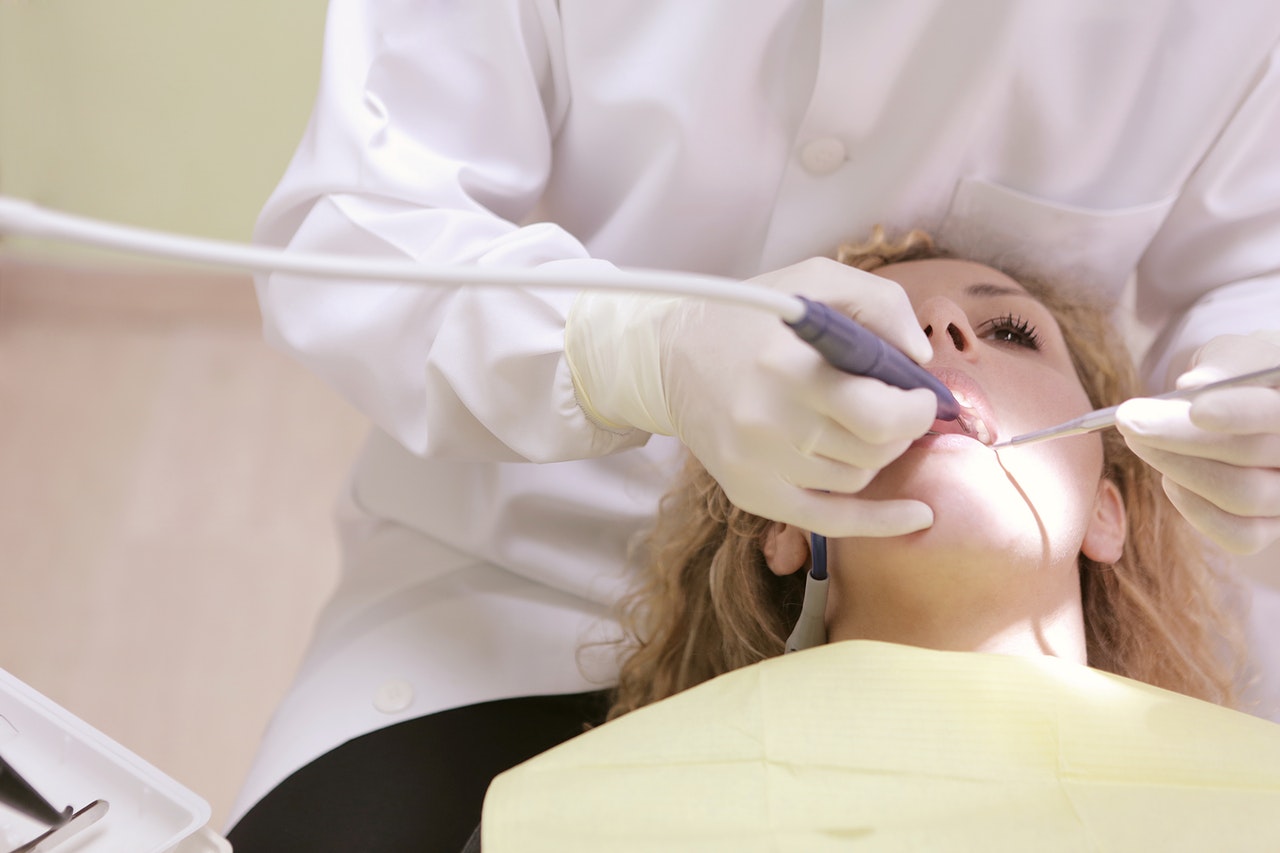In the world of sports photography, capturing the essence and spirit of a marathon event is both a challenging and rewarding experience. Marathon photos not only freeze moments in time but also convey the energy, determination, and emotions of both the runners and the spectators. The Marathon Collective is a term that encompasses the efforts of photographers who specialize in marathon events, aiming to tell a visual story that goes beyond mere documentation.
The Art of Marathon Photography
Marathon photography is a blend of technical expertise, artistic vision, and quick decision-making. As a marathon photographer, you have to navigate through crowds, varying lighting conditions, and unpredictable weather to get the perfect shot. The key elements of a successful marathon photograph include:
1. Emotion Capture
- Showcasing the raw emotions of runners as they push themselves to their limits.
- Capturing the joy, pain, determination, and triumph on their faces.
2. Action Shots
- Freezing moments of intense physical exertion, such as sprinting towards the finish line or conquering a challenging hill.
- Using techniques like panning to convey motion and speed.
3. Scenic Views
- Utilizing the marathon route’s backdrop to add context and visual interest to the photos.
- Incorporating iconic landmarks or beautiful landscapes to enhance the overall story.
4. Crowd Engagement
- Documenting the support and encouragement provided by spectators along the route.
- Showcasing the diverse reactions and interactions between runners and the crowd.
Equipment and Technical Considerations
To excel in marathon photography, having the right gear is crucial. Some essential equipment for marathon photographers includes:
- Camera Body: Choose a DSLR or mirrorless camera with a fast burst rate for continuous shooting.
- Lenses: Opt for a telephoto lens to capture distant moments and a wide-angle lens for scenic shots.
- Memory Cards: Invest in high-capacity, fast memory cards to accommodate the large number of photos taken.
- Batteries: Ensure you have extra batteries to last through the entire event.
- Lighting: Consider external flashes or reflectors for better lighting control, especially in low-light conditions.
Tips for Marathon Photographers
1. Scout the Location
- Familiarize yourself with the marathon route to identify key shooting spots and potential obstacles.
- Look for vantage points that offer unique perspectives and engaging backgrounds.
2. Use Burst Mode
- Increase your chances of capturing the perfect moment by shooting in continuous mode.
- Be prepared to sort through a large number of photos during the post-processing stage.
3. Focus on Composition
- Pay attention to framing, leading lines, and symmetry to create visually appealing photographs.
- Experiment with different angles and perspectives to add depth to your shots.
4. Capture Candid Moments
- Candid shots often convey the most genuine emotions and reactions.
- Keep your camera ready to capture spontaneous interactions and expressions.
5. Post-Processing
- Edit your photos to enhance colors, contrast, and sharpness.
- Consider converting some images to black and white for a timeless and dramatic effect.
The Marathon Collective’s Impact
The Marathon Collective plays a significant role in immortalizing the essence of marathon events through their photographs. These images not only serve as mementos for participants but also inspire future generations of runners. Moreover, marathon photos are often used in marketing materials, event promotions, and editorial pieces, highlighting the spirit of athleticism and community.
FAQs:
1. What are the best settings for marathon photography?
- Use a fast shutter speed to freeze action, a moderate aperture for sharpness, and a lower ISO for better image quality.
2. How can I ensure good lighting in marathon photos?
- Shoot during the golden hours for soft, warm light or use external flashes to fill in shadows.
3. How can I get unique shots in a crowded marathon event?
- Look for elevated positions, experiment with different focal lengths, and focus on individual runners or small groups to stand out.
4. Should I ask for permission before taking someone’s photo during a marathon?
- While not required in public spaces, it’s a courtesy to ask for consent, especially for close-up shots or potentially sensitive moments.
5. How can I protect my gear during a marathon event?
- Use a rain cover for your camera, secure your equipment in a backpack or belt bag, and be mindful of your surroundings to prevent theft or damage.
In conclusion, the art of marathon photography requires a unique blend of technical skill, artistic vision, and a deep understanding of the event’s dynamics. The Marathon Collective continues to push boundaries and capture moments that transcend mere images, telling stories of endurance, spirit, and human achievement.




